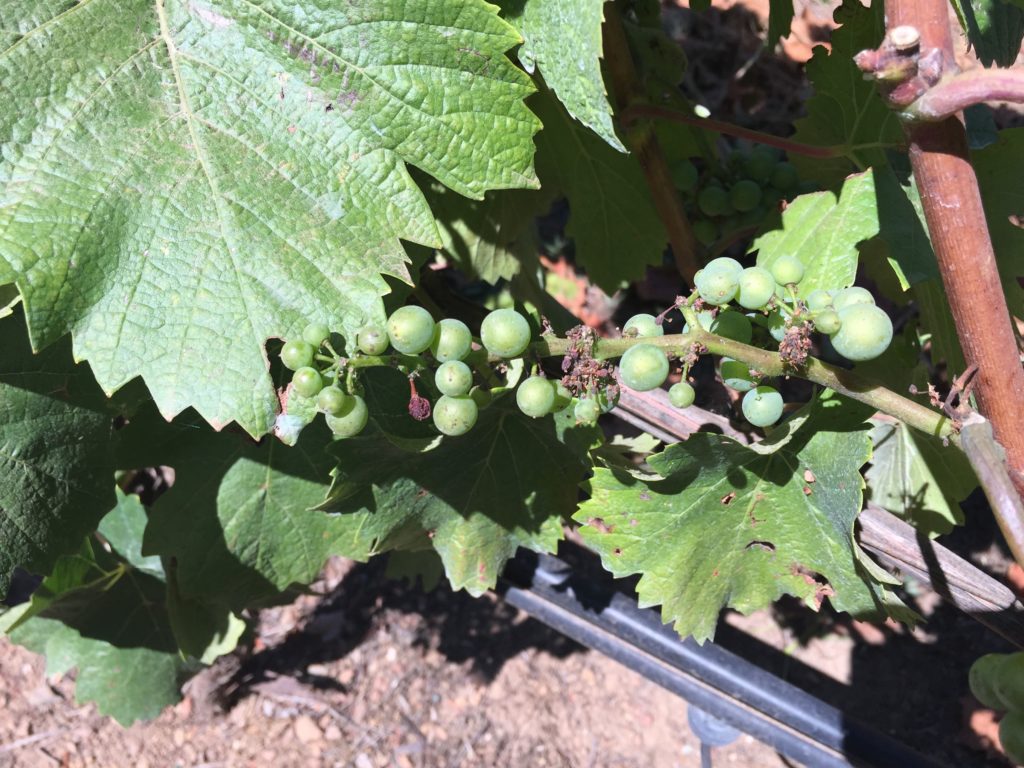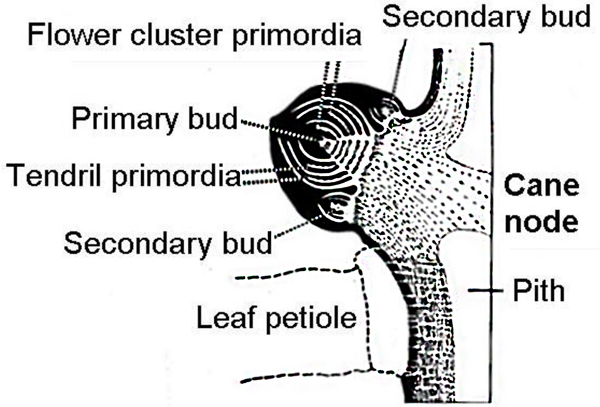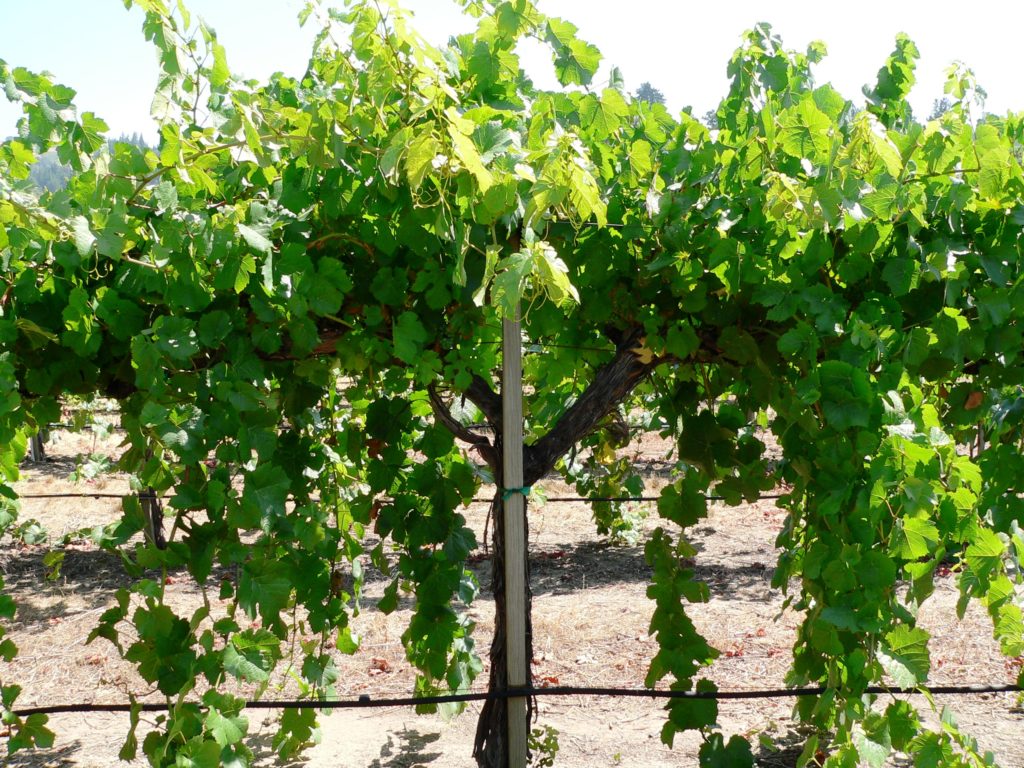Ask a Viticulturist: Why is my yield so low?
Timely canopy management matters
We were recently contacted by a grower distraught over his consistently low yield. This is a producer in the Russian River AVA of Sonoma County who grows exclusively Pinot noir.
Yield-quantity is a funny thing for producers of quality grapes destined for fine-wine production. Growers love a heavy year but winemakers are weary of over-cropping. Usually on a high-crop year, much of that crop ends up dropped. It’s hard to find that happy medium that satisfies both parties. When what you’re bringing in can’t cover farming costs, that’s a problem for everyone.
The usual suspects…it’s not Kevin Spacey
Shatter or “coulure” (from the French word couler meaning to fall off or leak) brought about by abortion of flowers or ovaries is a typical reason for a light crop. Flowering is a very delicate time during the vintage. If your vines are water-stressed you might find that flowers never set, i.e. turn into berries. If nutrients are out of whack, you might find the same thing. An excess of nitrogen or deficiency of boron or zinc, for instance, can be very detrimental. Sometimes the weather just doesn’t cooperate. A cold rain right at flowering or high winds can mean you end up harvesting individual grapes rather than clusters come the fall.
Some clones of Pinot noir are especially susceptible to shatter. Calera for instance is a notorious low yielder. Oddly enough, we had some of the best fruit set we’ve ever seen for Calera in 2021. My theory (adjusts tin-foil hat) is that this clone is extremely sensitive to excessive nitrogen and the same dry weather that left many vineyards starved for nutrients actually benefited this N-averse clone. That’s my hypothesis anyway.

Going back to the beginning
The grapevine is an awesome plant. One of my favorite things about it is that the yield for each year gets started the spring of the year before. That’s actually a pretty weird phenomenon in the plant world. So really, if you want to get to the bottom of why 2021 didn’t produce much, you want to look all the way back to three months after budbreak of the 2020 season!
You can already get an idea of what your yield is going to look like by looking at your buds over the winter. Remove a bud from a dormant cane, and slice right along the dorsal side. Using either a magnifying glass or the naked eye, you can see the little cabbage-looking thing that will one day be the shoot. Look closer and you can see the little smudges that constitute inflorescence primordia: your future clusters.

Canopy management
Not all dormant buds are equally favored by their mother vine. Buds on exposed, upright shoots with healthy vegetative growth (but not too much!) produce fertile buds. Nutrition and water at this time need to be on point, not just to establish a canopy for the current season but to ensure bud fruitfulness for the year to come.
At this point, it’s worth mentioning that I’m not a fan of how this vineyard’s canopy is dealt with. Suckering is usually put off too late, as is leafing, and removing laterals. The resulting vineyard looks shaggy well into the summer when all of a sudden it’s suckered, leafed, tucked, and sprayed all at the same time.
There are a lot of reasons to not manage your canopy this way. It leaves bigger wounds in the vine than necessary. It limits spray penetration and allows disease to take hold in the shade. I don’t even think it saves that much time or money when you think the amount of vegetation a crew has to deal with.

Conclusion
There are many factors at play that influence your yield. My advice is standard: tissue sample, soil sample, and water appropriately. However, if all these elements seem to check out, it’s time to take a step back. What corners am I cutting and what effect is this having on my vineyard in the long run? More timely canopy management on this grower’s vineyard will probably show positive results for the following year’s yield. Quality is likely to improve for the current year as well…not bad.

